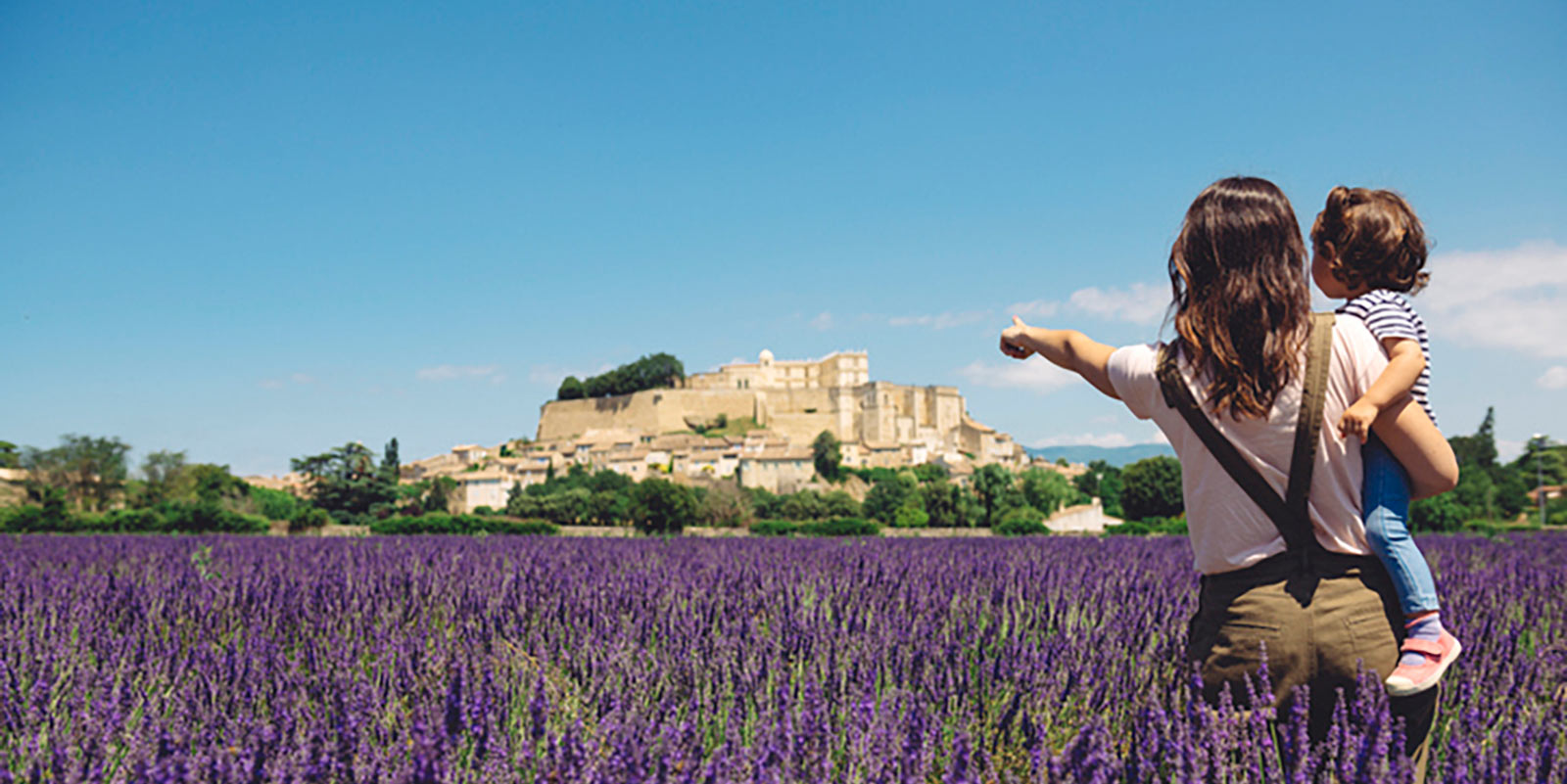Wednesday, August 14, 2024
In the 1960s, a movement emerged that promoted a more sustainable life in a self-managed community to always be close to nature. More than half a century later, we can find ecovillages all over the world. We'd like to recommend a trip to one of them for this summer vacation to discover how they work in their summer meetings
In the early 1960s, a global trend emerged that put into practice a community-based life founded on self-management and proximity to nature. The different social, economic, and environmental crises have driven these communities, which have the Earth Summit in Rio de Janeiro in 1992, organized by the United Nations, as their first institutional reference to the so-called eco-villages.
The Findhorn community, in northern Scotland; The Farm in Tennessee, US, or Damanhur,in the Italian region of Piedmont—founded in 1962, 1971 and 1975, respectively—were the precursors of this movement that gradually spread throughout the rest of the world. Its boom caused the creation of the Global Ecoaldeas Network (GEN) in 1994, encompassing all of them. Since then they have been adapting to the needs of the world they had to live in, always based on the goal of achieving a sustainable community.
Their shared vision and strong community networks are the foundations for organizing all kinds of open initiatives, as well as carrying out outreach work around the concept of an eco-village through hands-on spaces and workshops. How do they work? Internally, synergies are forged and supported between them, in addition to regular meetings to share the particular ideas of each eco-village in search of possible implementation in other places.
For example, the Iberian Ecoaldeas Network (RIE) holds summer meetings every year so that, in their words, when they come together they renew energy and strengthen networks. This is an event that is once again open to all audiences so that, for several days, they can enjoy experiences, workshops, and talks in these particular communities.
In Spain, there are currently 11 eco-villages. Our recommendation is that you visit one of the first in our country: Matavenero. It is located in a valley in León and was founded in 1989 on an abandoned town. In fact, their organizers consider it to be "a rebuilt town, not a community," where they continue to share aspects of daily life, tasks or spaces, while coexisting with private property and independent family economies, which has provided them with international recognition. And of course, don't forget to check out the summer schedule to enjoy a different style of vacation.
The European-level map
If you prefer to get outside Spain, there is also a robust network throughout Europe. In fact, GEN has created a map where we can find both these communities and eco-projects and other members of the different local networks. Some of the most important enclaves are::
- Germany. ZEGG is located on the outskirts of Berlin. Founded in 1991 as a research site, it has developed as a cultural laboratory based on connection and cooperation.
- Slovakia. Zaježka is located in the center of the country, founded in 1991 it houses independent projects such as a daycare center, an educational center, and a food bank for 50 residents and almost 200 cooperating neighbors from the area.
- France. Le Hameau des Buis is located in the country's southeast region, founded in 2004 with 6 hectares of land where 43 residents live.
- Italy. The Comune Di Bagnaia is located in the central region of the country, founded in 1979 with the idea that all assets are communal property and all decisions are made by consensus. It is currently made up of about 20 people.
- The Netherlands. Ecodorp Bergen is located in the north of the country, founded in 2010 on 15 hectares on an old airport. It aims to be a testing ground for 60 members for ecological, economic, social, and cultural sustainability.
¿Te ha parecido interesante?





